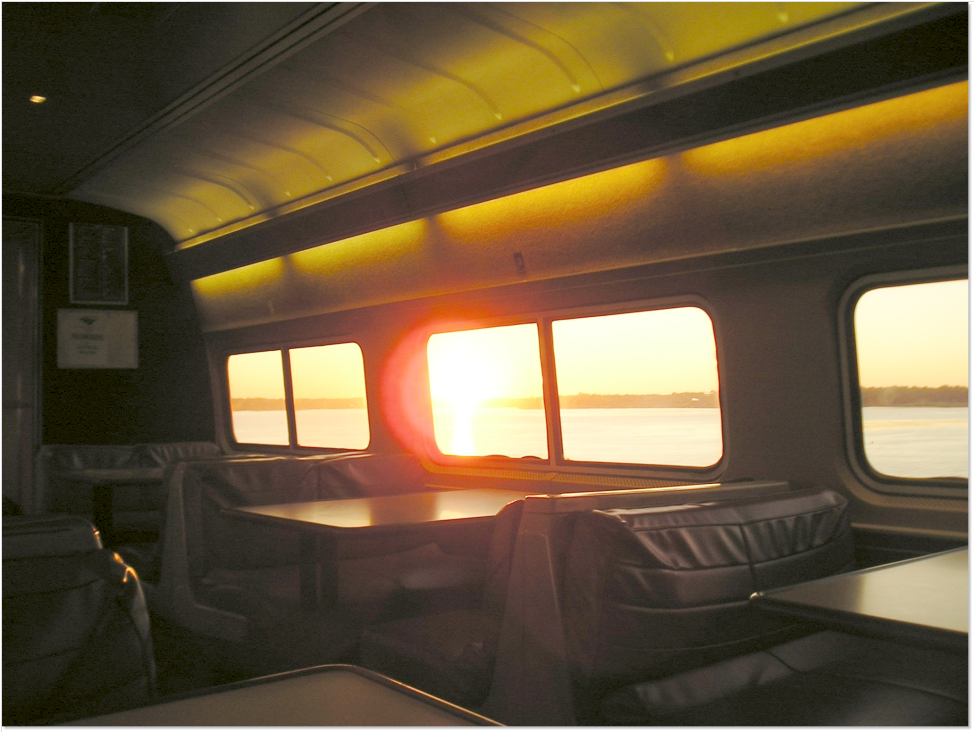Automated Parking Systems & Performance

Deadhead dead·head [ded-hed]
noun
- person who attends a performance, sports event, etc., or travels on a train, airplane, etc., without having paid for a ticket, especially a person using a complimentary ticket or free pass.
- an airplane, train, or other commercial vehicle operating empty, as when returning to a terminal.
- a stupid or boring person; dullard.a sunken or partially sunken log.
verb
- to move (an empty commercial vehicle) along a route.
- to remove faded blooms from (ornamental plants), to help continued blooming.
- to travel without cargo or paying passengers
Strange as it may seem, deadheading, or “to deadhead”, is a critical concept for automated parking systems (APS). You see, deadheading is wasted motion. It’s motion that isn’t fulfilling the primary purpose of that motion. If an airline has to fly a plane with no passengers or cargo from one airport to another airport, that’s a significant expense, a waste of time, loss of productivity, etc. The waste of motion and time is something to be avoided, if possible.
In automated parking systems, deadheading is also wasted motion and frequently wasted time. It can occur in many ways but there is never an instance where deadheading has positive results.
Following are some different types of deadheading examples:
- In APS using robotic arms to move cars from transport to parking space and vice versa, a portion of the robotic arm motion is deadheading. When the transport arrives at a parking space to retrieve a car, the robotic arm must extend itself to reach to or under the car in or to move the car to the transporter. The action of the robotic arm extending to the car is deadheading, wasting time and motion, since the arm is not moving a car. The same type of deadheading happens in reverse when the robotic arm moves a car off of the transporter.
- APS systems using pallets may suffer from deadheading to manage the storage or distribution of empty pallets.
- In small, semi-automated parking systems such as puzzle-parking and paternoster designs, deadheading is unavoidable. These designs require that some or all of the cars in a system must be moved in order to park or retrieve another car. This moving or rearranging of parked cars is another form of deadheading… wasting motion and time.
As car parking and retrieval times gain in importance, as in a very large APS application, deadheading becomes a critical issue. The time wasted by deadheading may be reduced by making the wasted motion take less time. However, deadheading cannot be eliminated entirely without a complete change of technology. Deadheading also unnecessarily increases operating and maintenance costs.
Contact your local Skyline representative to see how deadheading can be virtually eliminated.
About Skyline Parking AG

Skyline Parking AG designs and supplies the most space-efficient and fastest fully automated parking systems. Skyline’s systems provide high returns while being an environmentally and user-friendly answer to the growing scarcity and cost of urban space, worldwide. The broad range of products, means that Skyline Parking has a solution for virtually any location, problem and requirement.




Comments
There are no comments yet for this item
Join the discussion